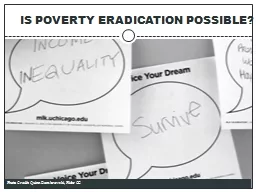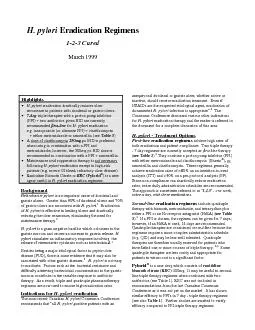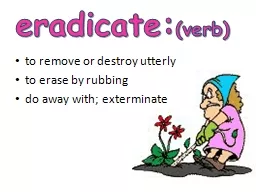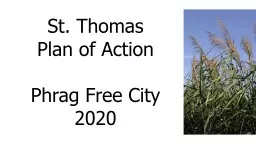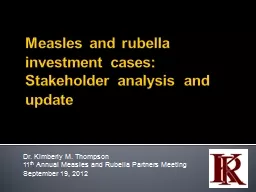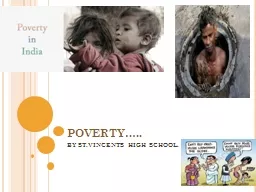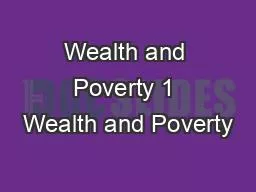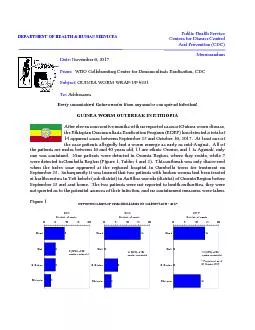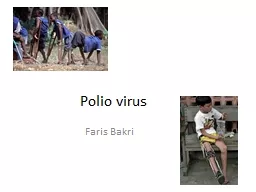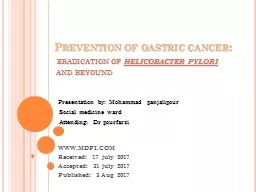PPT-IS POVERTY ERADICATION POSSIBLE?
Author : debby-jeon | Published Date : 2017-08-12
Photo Credit Quinn Dombrowski Flickr CC PERSISTENT POVERTY Statistics Canada 1 in 7 Canadians live below the poverty line UNICEF 13 children ranking Canada 24
Presentation Embed Code
Download Presentation
Download Presentation The PPT/PDF document "IS POVERTY ERADICATION POSSIBLE?" is the property of its rightful owner. Permission is granted to download and print the materials on this website for personal, non-commercial use only, and to display it on your personal computer provided you do not modify the materials and that you retain all copyright notices contained in the materials. By downloading content from our website, you accept the terms of this agreement.
IS POVERTY ERADICATION POSSIBLE?: Transcript
Download Rules Of Document
"IS POVERTY ERADICATION POSSIBLE?"The content belongs to its owner. You may download and print it for personal use, without modification, and keep all copyright notices. By downloading, you agree to these terms.
Related Documents

